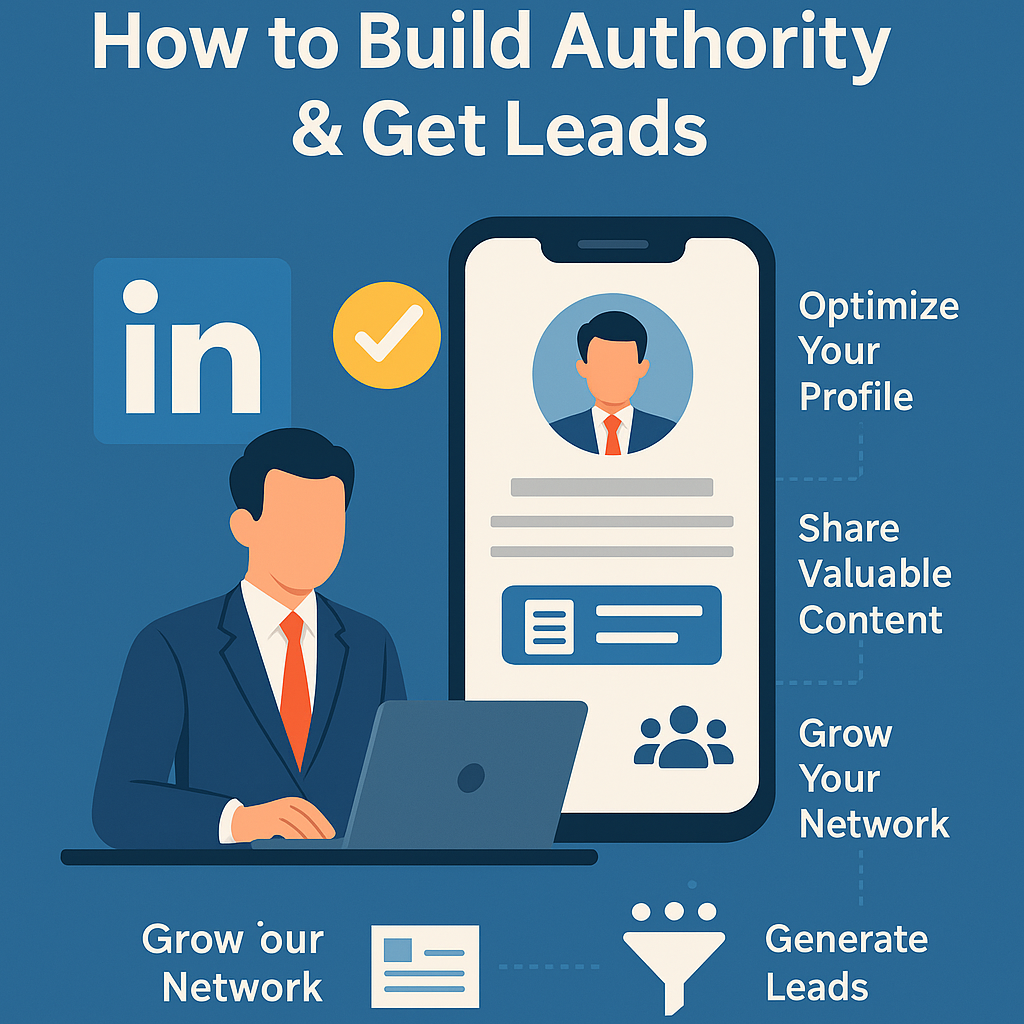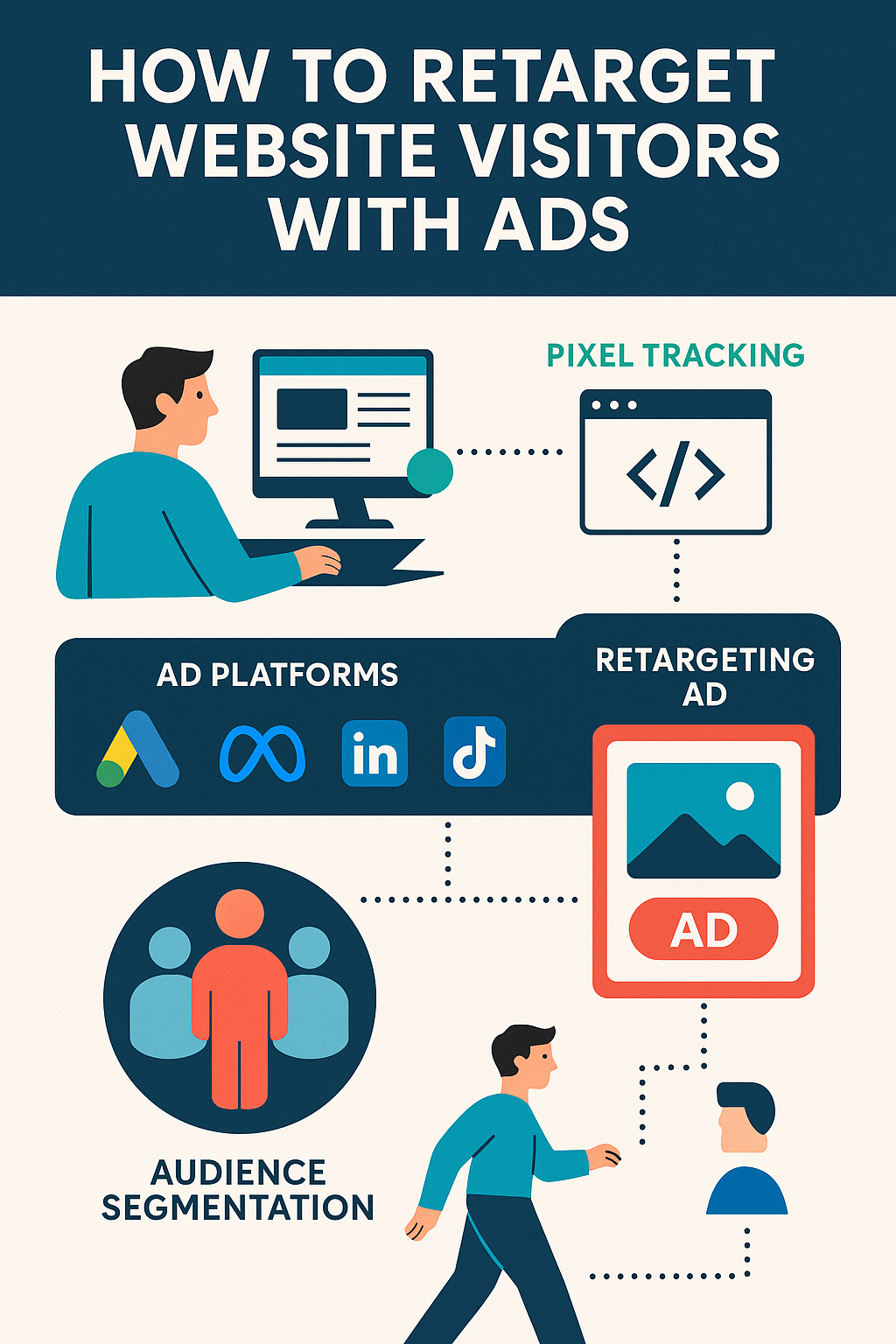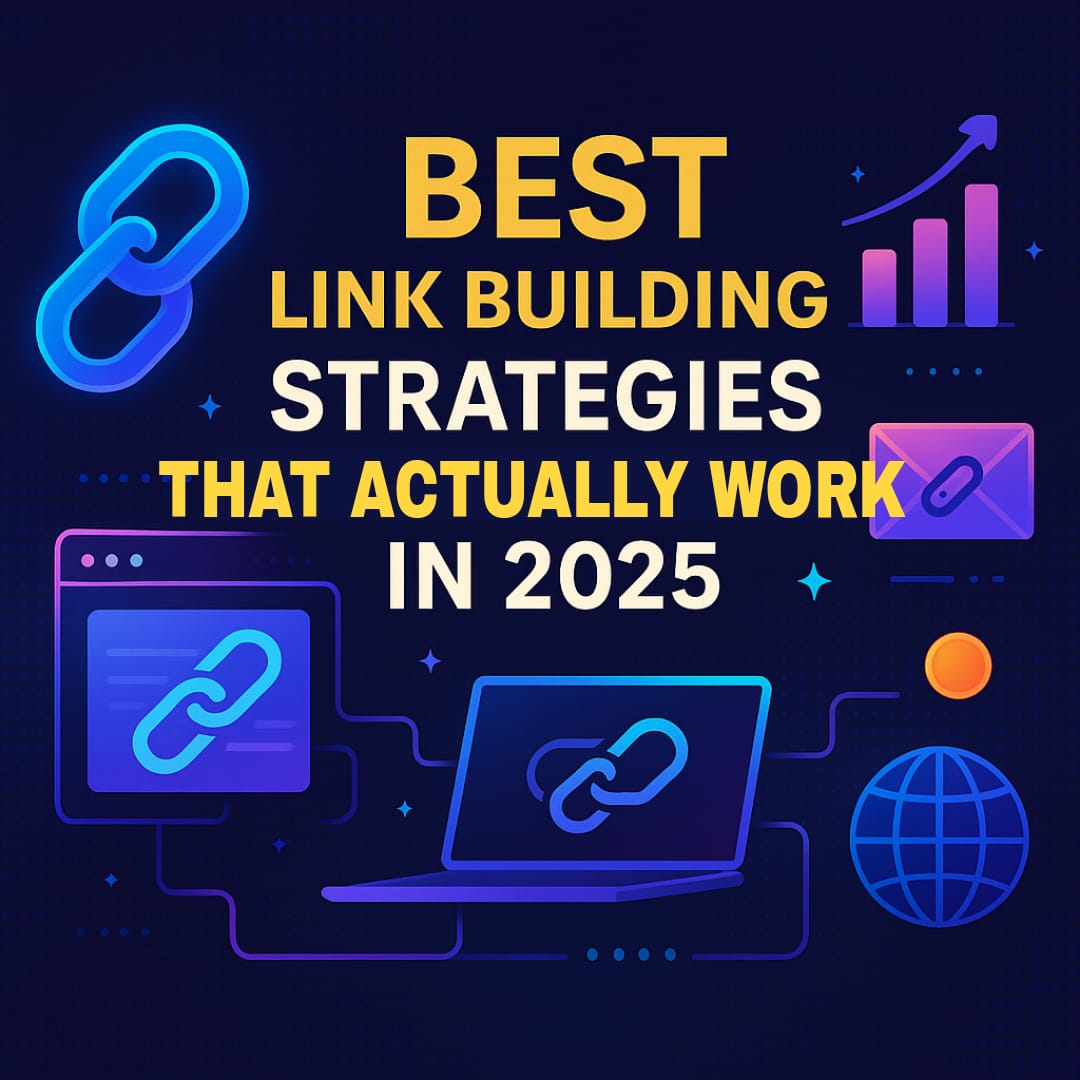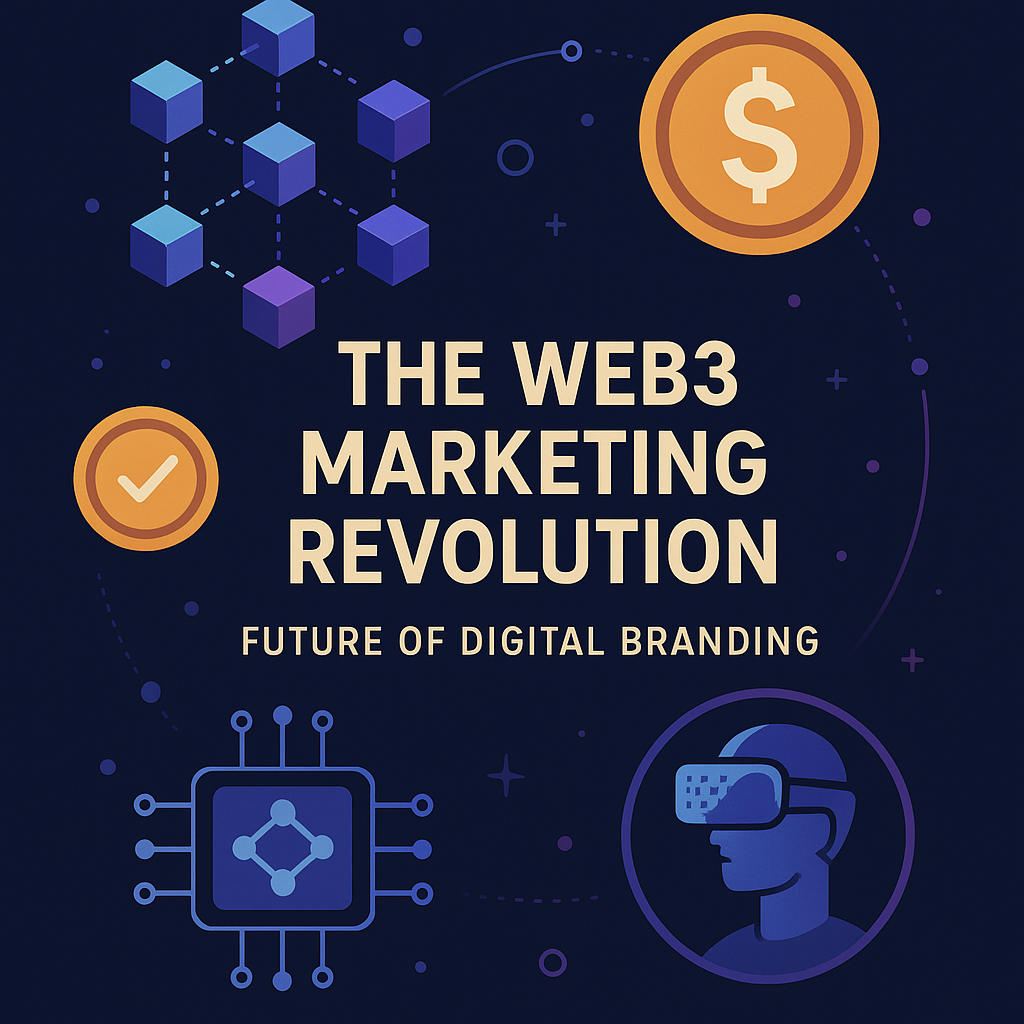LinkedIn Marketing: How to Build Authority & Get Leads
Table of Contents
Introduction
LinkedIn is more than a social networking site—it’s the business world’s digital boardroom. With more than 1 billion working professionals globally, it is where decision-makers hang out, recruiters find talent, and brands build authority.
By 2025, LinkedIn marketing has matured way past connection requests and job postings. LinkedIn is now a lead agency and brand-building tool for B2B businesses, creators, and consultants.
If you not using LinkedIn strategically, it is costing you clients, collaborations, and an audience that has actual purchase power.
According to sproutsocial, LinkedIn marketing is the process of promoting your brand through LinkedIn. It involves using the platform to share valuable content and expand your network. It helps to build brand awareness and establish trust for businesses and individuals alike.
In this guide, we are going to help you understand how to build authority, create influence, and develop high-quality leads step-by-step with LinkedIn marketing.
1. Why LinkedIn Is a Goldmine for Marketers
While LinkedIn may not be the most appealing social media platform, it is still the most credible. While Instagram builds community around casualness and TikTok is based on trending content, LinkedIn, at its core, is based on professional value. Users log in with the intent to engage with content that will help them learn, develop, and purchase new solutions that will help them in their career or business.
The Power of the Platform
- Audience Intent: Users rely on LinkedIn to conduct business—not through fun memes or cat videos.
- High Value Reach: 4 out of 5 LinkedIn users can take action on business decisions.
- Organic Visibility: LinkedIn’s algorithm measures engagement with expertise—not just paid ads.
- Long Shelf-Life: LinkedIn posts can produce views and comments days, weeks, or even months after they are posted.
Who Would Benefit the Most
- B2B companies that are constantly looking for clients and partners.
- Freelancers and consultants who are looking to build a personal brand.
- Startups that want attention from investors or media.
- Educators and content creators who share knowledge-based content.
The value of LinkedIn lies in the credibility it provides—authority breeds trust, and trust breeds sales.
2. Setting Up for Success: Optimize Your Profile Like a Pro
Prior to marketing yourself, ensure your digital handshake (your profile) looks clean and polished. A fully optimized LinkedIn profile functions as a landing page—it gets visitors to convert to followers or leads.
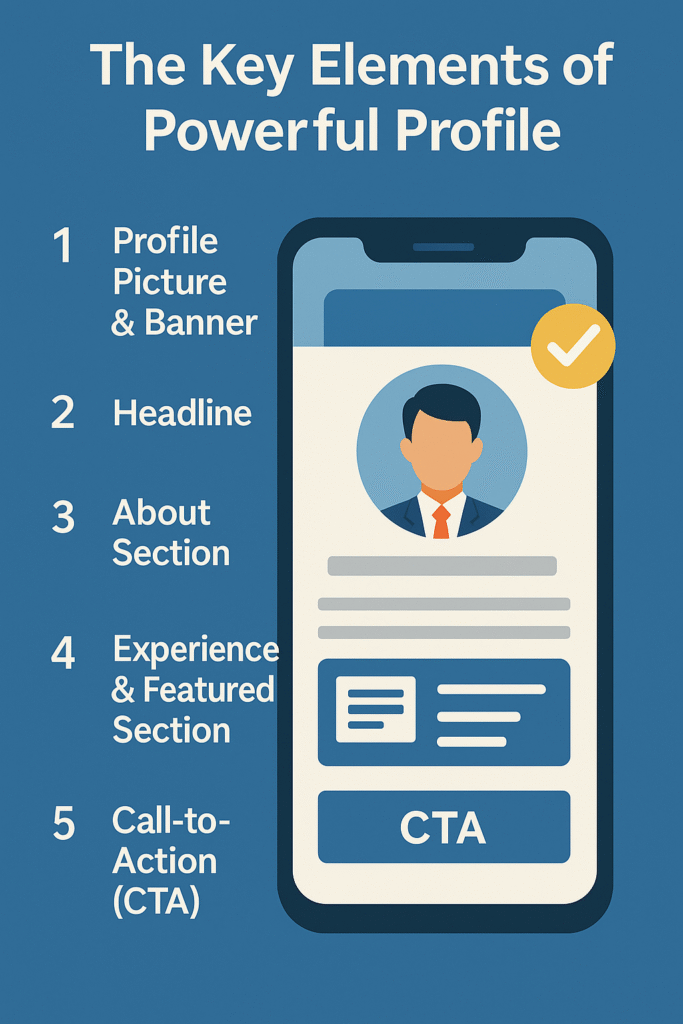
The Key Components of a Meaningful Profile
- Profile Picture and Banner:
Select an image that is professional but friendly. Then, include a banner image that represents your brand, niche, or message. - Headline:
Don’t use an overused job title. Write a results-oriented headline like:
“Helping B2B Startups Scale Through Data-Driven Marketing Strategies 🚀.” - About Section:
Craft your story. Share with the reader what you do, who you help, and the value you add. Use keywords in a conversational way to help people easily find you when searching. - Experience and Featured Section:
Provide outcomes, testimonials, and links to items you’ve published, landing pages or case studies. - Call-to-Action (CTA):
Conclude your profile summary with something actionable:
“Let’s talk when you are ready to turn your LinkedIn into a leads machine.”
When your profile exudes expertise and confidence, people will carry that along to your content, and it’s that first step to authority.
3. Building Authority Through Content
In LinkedIn, content is your currency. Authority doesn’t come from connections: it comes from high-voltage, consistent posts that teach, inspire, and begin meaningful conversations.
Types of Content That Build Trust:
- Educational Posts: share strategies, frameworks, or how to’s.
- Storytelling: share your story or your client’s wins to demonstrate authenticity.
- Opinion Posts: add your perspective on news or trends in your industry.
- Visual Posts: use infographic style or short videos to create an interactive visual cue.
- Document carousels: these swipe-able document slides are great at increasing dwell time and reach with the LinkedIn algorithm.
Here is your posting strategy:
- Post Frequency: 3-5 posts per week.
- Posting Times: mornings (7-10 AM) are best for reaching most audiences.
- Tone of voice: conversational, not corporate. People connect with humans, not buzzwords.
And a tip for engagement:
- End each post with a question or call to action.
- Reply to every comment, which can be as simple as “thank you for your comment” or additional details or context, within 24 hours.
- Leave comments to others’ posts meaningfully—not just “great post!”
Finally, authority builds through consistency, not through virality.
4. Growing Your Network (Without Being Spammy)
Your content is only as effective as the audience that engages with it. Sending hundreds of connection requests is not beneficial. LinkedIn favors authentic networking over aggressive outreach.
How to Develop the Right Network
- Connect with intention: Be thoughtful when connecting to your niche; potential clients, collaborators, or colleagues.
- Put a personal touch to your requests: Mention a common interest, or how you found them.
- Engage before connecting: Take time to making a thoughtful comment on their post before sending a request.
Join and Contribute to Communities
- Get involved in LinkedIn Groups that are related to your niche.
- Join live events or LinkedIn Audio Rooms to give away meaningful information.
- Follow hashtags and creators related to your area.
This establishes recognition before the ask, and that’s what turns cold leads into warm ones.
5. Using LinkedIn for Lead Generation
Let’s discuss outcomes. Authority is great, but leads are what actually make you money. Good news? LinkedIn has lead gen tools and organic strategies built-in.
Organic Lead Strategies
- Lead Magnets: Share free guides, templates, or webinars through your posts.
- DMs that don’t suck: Start conversations, not pitches. Example:* “Hey [Name], loved your post on [Topic]. I’m curious, how do you handle [Challenge] in your business?”
- Comment marketing: Engage deeply in the comment sections of larger creators. This puts your name in front of their audience.
LinkedIn Ads
If you have a budget, LinkedIn Ads are a treasure trove for targeting professionals based on job title, company size, or industry. The best performing formats are:
- Sponsored Content (posts that look organic)
- Message Ads (personalized messages in a LinkedIn inbox).
- Lead Gen Forms (native forms that do not require users to leave LinkedIn).
Retargeting
You can also retarget people who have interacted with your content or visited your website, using the LinkedIn Insight Tag—a game changer for nurturing colder leads.
6. Analytics, Algorithms & The Science of Going Viral
You can not measure if you do not measure. LinkedIn has a good analytics dashboard to see how your content is performing.
Metrics that are Important
- Impressions: the number of people who saw your post.
- Engagement rate: Likes + comments ÷ total impressions.
- Profile views: a direct indicator of your rising authority.
- Follower growth: a way to track the quality of your audience not just the count of them.
Algorithms Secrets
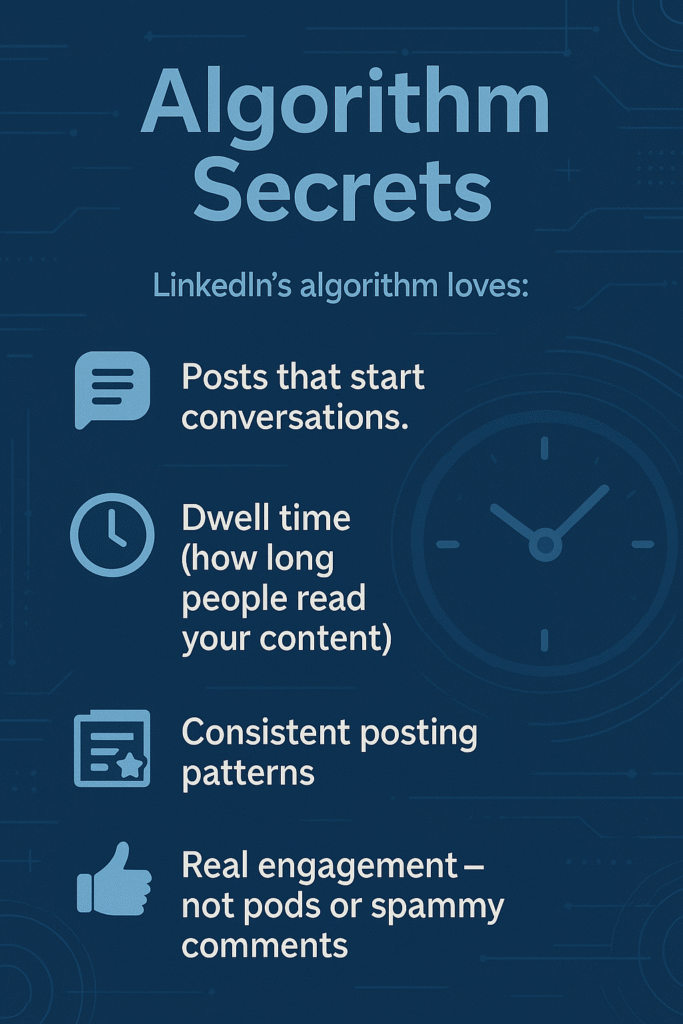
LinkedIn’s algorithm loves:
- Posts that prompt a conversation.
- Dwell time – the amount of time that people are reading your content.
- Consistency in posting.
- Real engagement – not pods or spammy comments.
Your goal should be to create content that gets readers scrolling, and thinking, not just liking.
7. Common LinkedIn Marketing Mistakes to Avoid
Even expert marketers can easily fall into traps. These are rookie mistakes to avoid:
- Sharing only promotional content (turn-off).
- Ignoring your DMs (this is where the leads are).
- Using LinkedIn like Facebook (not the right vibe).
- Not being consistent with your posts.
- Forgetting your personal brand, logos don’t sell, people sell.
LinkedIn rewards authenticity and patience. It’s like building relationships for the long haul, not a short explosion of sales.
Conclusion
LinkedIn is not just a digital resume anymore – it is a digital ecosystem where you build your thought leadership and get real business results.
By optimizing your profile, consistently posting value-added content, and engaging meaningfully, you go from “another user,” to an authority. Leads follow authority, and authority follows authenticity.
So, quit lurking. Start posting. That next significant client or partnership is likely a thoughtful comment (or post) away.
For more such articles click here.
FAQs
-
What is the optimum frequency for LinkedIn posts?
The target should be three to five posts per week. If you are aware of community routines, quality content beats putting out five bad posts.
-
When is the best time to post on LinkedIn?
Ideally, in the mornings (7 to 10 AM local time), with Tuesday being a good day to post.
-
How should small businesses leverage LinkedIn?
Focus on the personal branding of the business owners, share case studies, and connect with potential clients for direct outreach
-
Is LinkedIn effective for B2C marketing?
Yes, so long as you are marketing to professionals through your B2C. For example, fitness coaches, career mentors, and teachers are often strong performers.
-
Do LinkedIn Ads work?
100%. They tend to be more expensive than Facebook or Instagram ads but bring in higher quality leads, specifically for B2B use.
-
What type of content is successful on LinkedIn?
Content that educates, inspires, or creates conversations is the most successful. Storytelling, visuals (e.g., carousels or infographics), and real insights tend to generate greater engagement than pure self-promotion.
-
How do I get more engagement on my LinkedIn posts?
Be consistent, respond to comments in a timely manner, and ask provocative questions at the end of your posts. Also, engage with other creators before and/or after your posting day – LinkedIn rewards the two-way interaction
-
Should I use hashtags on LinkedIn?
Yes, but with purpose. It is best to use 3-5 strategic and relevant hashtags for each post. Avoid anything too generic, such as #business or #marketing; and instead, focus on combination tags – for instance, #B2BMarketing or #LinkedInStrategy.
-
How can I use my company page for marketing on LinkedIn?
Post regularly, show off company culture, share team wins, and take advantage of running LinkedIn Ads through your page. Encourage employees to share your posts to increase organic reach.
-
Can I automate LinkedIn lead generation?
Automation is fine for scheduling and analytics, but do not use automation spam to connect or send DMs. If those behaviors become apparent to LinkedIn’s algorithm, your account may be flagged or banned. Just keep it authentic and have personal outreach.
